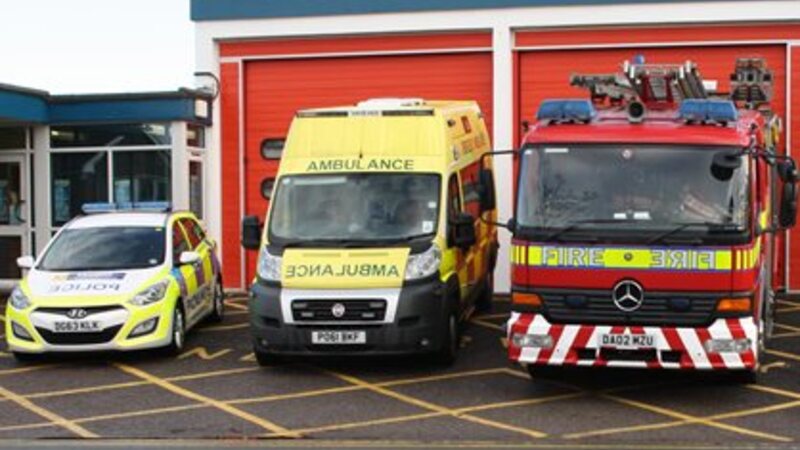Alex Grant, student paramedic at Anglia Ruskin University and for the London Ambulance Service, shares his thoughts on this week's media coverage of the 'shared control room' proposal.
In recent news there have been calls from the Home Office to reform the way emergency services collaborate and a published report has suggested a ‘Sledgehammer plan’. This refers to Police, Fire & Rescue and Ambulance services merging into one control room.
The plan was not quite as well-received as the politicians may have hoped; Steve White, chairman of the Police Federation of England and Wales, said: "Officers from both emergency services already do pull together, working alongside week in, week out, as has been evidenced most recently by the appalling floods." (BBC News, 2016). He added: “So why the burning need to change the law? It's like using a sledgehammer to crack a nut”.
It seems that the plan primarily affects the Police and Fire services, proposing that Police Crime Commissioners would oversee the Fire Service’s operations. Paul Hancock, Cheshire's Chief Fire Officer and president of the Chief Fire Officers' Association agreed that a shared control room would be a good thing, however he cautioned that the “reputation of the Fire Service could be lost because of the police”. Ouch.
We also need to look at some facts and figures: there is a huge difference in calls received across the services. The London Ambulance Service (LAS) receives over 1 million '999' calls every year, putting an immense strain on the service and a greater need for resources. However, London Fire Brigade (LFB) receives only 171,000 '999' calls per year (2013-14 stats). I say ‘only’ precociously, as that is still a huge number. It certainly does spark a debate on whether or not this move is really the ‘right way forward’, and if there actually is any need for such a dramatic proposal.
The Metropolitan Police handles an average of 6,000 emergency 999 calls and over 15,000 non-emergency calls per day. I had the pleasure of attending a Pre-Hospital Care Program Academic Forum on ‘London Trauma’ recently, and Dr Fionna Moore gave a presentation on the LAS and response system. At the end of the presentation, a member of the audience raised the question of shared control rooms and asked Dr Moore's opinion. A point that I noted down was the financial benefits with Language Line. Each emergency service has a contract with language line, so with a shared control room, only one contract will be needed, thus saving a lot of money. As well as this, considerations should be made about thelogistical aspects of a such a move: buildings, sites, data backup and storage... that will need to be huge to accommodate 3 services in one room!
To summarise, the proposed new shared control rooms have been well thought-out by the government, and they are keen to get the ball rolling. However, it has come under scrutiny by both the Police and Fire service, something that I don’t think was expected. It has got a lot of debates started, but it’s just a matter of time to see whether the plan will actually go ahead and get backing and trust from each emergency service.
Alex Grant is a student paramedic at Anglia Ruskin University and for the London Ambulance Service. You can follow him on Twitter @alexgrant947
